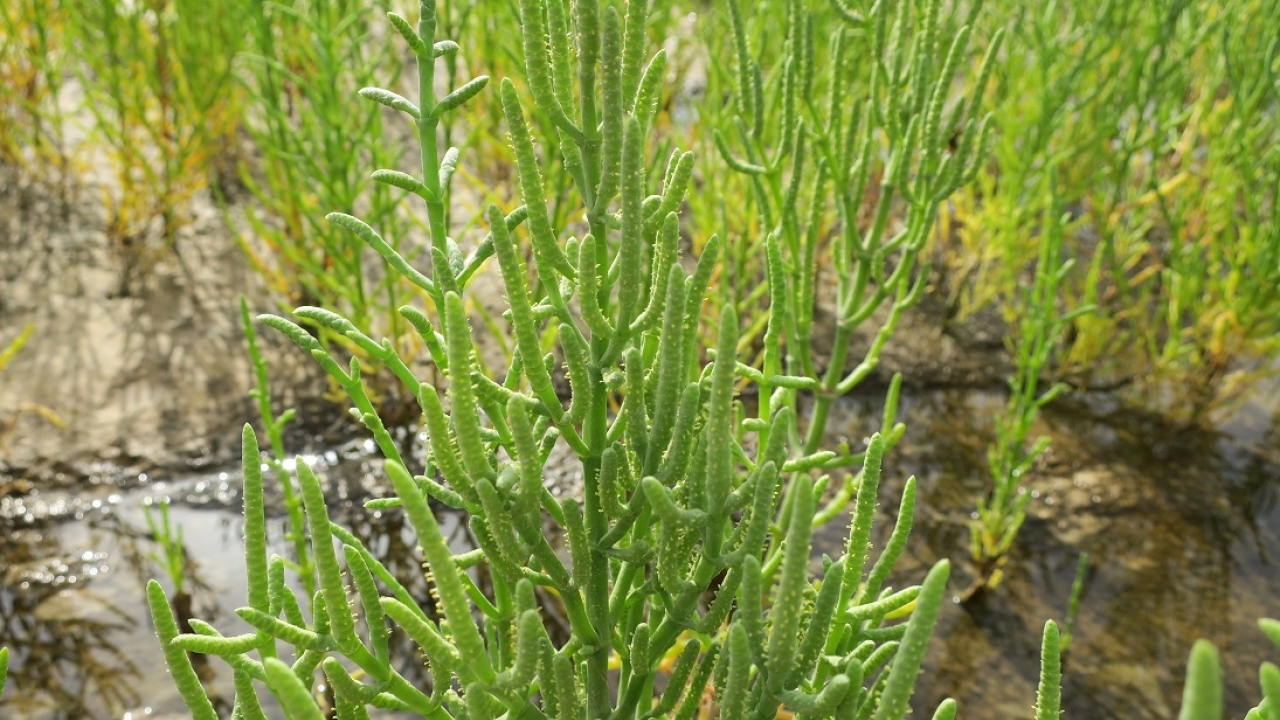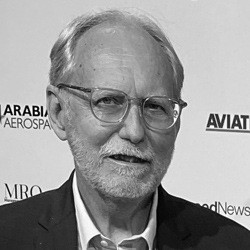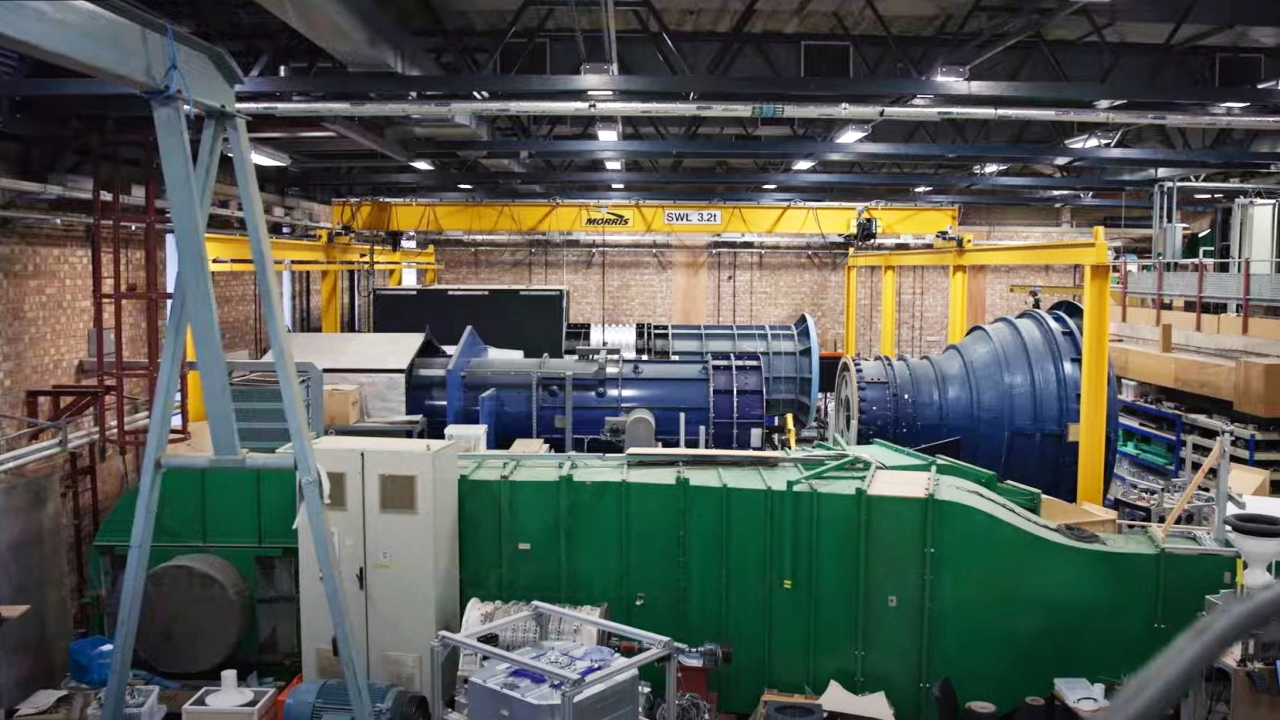Planting the seed of our sustainable future
An unremarkable shrub with the ability to grow in salt water may hold the key to plentiful and affordable sustainable aviation fuel (SAF) – and researchers in Abu Dhabi are determined to prove it.

Salt tolerant: Salicornia, also known as marsh samphire, grows on otherwise infertile land. Picture: SBRC
The humble Salicornia bush, a succulent found on beaches and salt marshes in much of the world, isn’t much to look at.
But, if the work of the Seawater Energy and Agriculture System (SEAS) project at Abu Dhabi’s Khalifa University ultimately proves successful – and indications are positive – it could prove the key to turning unproductive sabkha and deserts throughout the Middle East and around the world into vast plantations growing fuel: enough for the entire global fleet.
It’s one of several pathways to producing synthetic fuels being explored in the UAE and elsewhere in the region, notably Turkey and Saudi Arabia, to hit aviation’s net zero target. Annual production of SAF needs to increase to 449 billion litres, says the International Air Transport Association (IATA), if it is to account for 65% of the industry’s total eliminated carbon emissions by 2050.
Speaking at MRO Middle East, Dr Alejandro Rios, director and chief research scientist at Abu Dhabi’s Sustainable Bioenergy Research Consortium (SBRC), which manages SEAS, said after more than a decade’s research, the project’s academic and industrial partners are now studying how to scale up to commercially viable levels of production and supply.
The seeds of Salicornia yield oil, which can be processed to fuel. The SEAS project cultivates fields of Salicornia as part of an ecosystem starting with fish and shrimp. The nutrient-rich effluent from their ponds is pumped into the Salicornia fields, where it fertilizes the plants. From the fields, the water circulates into cultivated mangrove plantations, which help return it to its original state.
Although the SEAS partners produced enough fuel for a successful demonstration flight by Etihad Airways in 2019, Dr Rios said it’s obvious that millions of hectares of land under cultivation would be needed to meet the needs of aviation. But the land is there, he added.
“There are 25.5 million square kilometres of desert and arid fields around the world with access to brackish or salt water. If we take .001% of that area, we can actually reach the levels I’m talking about.
“Clearly this won’t happen overnight; it’s a huge challenge but one we need to address in a place such as the UAE, where we do not have plentiful fresh water or arable land.”
He was “optimistic” about taking the project forward, scaling up toward viable commercialisation, but cautioned: “We won’t see fuel produced by this technology for 10-13 years.”
Scientists in Turkey are moving in a similar direction, with industry support.
Turkish Airlines recently won an award for airline sustainability innovation of the year for its part in the microalgae-based sustainable bio-jet fuel project (MICRO-JET).
The airline worked closely with researchers at Istanbul’s prestigious Bogazici University to develop, what is described as, the world’s first carbon-negative SAF using hydro-processed fatty acids and hydrothermal liquefaction methods.
In Saudi Arabia, plans to produce and distribute SAF – a key part of the kingdom’s ‘vision 2030’ – received a boost with the recent memorandum of understanding (MoU) between fledgling lessor AviLease, a wholly owned subsidiary of the Saudi Public Investment Fund (PIF), and the Saudi Investment Recycling Company (SIRC), which confirmed the partners’ intentions to launch, support and promote SAF.
Edward O’Byrne, AviLease chief executive, said the partnership should “trigger large-scale production of SAF in a country that has the natural competitive advantages to become a low-cost producer.”
Currently, certified SAF is subject to a maximum blending ratio of 50% with fossil-based jet fuel depending on the feedstock-production pathway. Industry and fuel standard committees are looking into the use of 100% SAF by 2030.
World Fuel Services, an exhibitor at the recent Middle East and North Africa Business Aviation Association (MEBAA) event, has seen growing interest in SAF, but little evidence of a supply chain developing. Managing director, Riyan Qirbi, told reporters: “There’s definitely an interest from multiple parties. If it were available and at the right price, I think there would be a market for it.”
He suggested promoting sustainability through incentives, as in North America, or by mandate, as in Europe, would be helpful.
It’s a view shared by IATA. Willie Walsh, the organisation’s director-general, told the annual meeting in Doha in 2022 that “we could see 30 billion litres available by 2030” – a tipping point for its production and utilisation – if governments extended clean energy incentives to SAF.
Stay up to date
Subscribe to the free Times Aerospace newsletter and receive the latest content every week. We'll never share your email address.


